Read Deuteronomy 21:10-22:7 at Bible Gateway.
Previously: deuteronomy 21:10-22:7, the importance of mothers
(Please review the teaching tools of scripture, especially the Hebrew paragraph divisions and chiastic structures. The paragraphs marked by an “s” at their close are weak paragraphs, which indicate a change of facet but not a change of theme or topic. The paragraphs marked by a “p” at their close are strong paragraphs, which indicate the completion of a theme or topic. The paragraph divisions reveal the chiastic structures: narratives which zero in on the main point of the narrative at its center, like a bull’s eye at the center of a target. The main point is revealed, because the narrative elements before the main point (or central axis) are repeated after the central axis, in reverse order, while the central axis itself is not repeated.)
We are considering what each of the weak paragraphs in Deu 21:10-22:7, the first section explaining Do not commit adultery (Deu 21:10-23:14), have to teach us in the matter of adultery. The Hebrew paragraph divisions are:
Deu 21:10-14 {s} Treatment of the captive woman
Deu 21:15-17 {s} Do not reject the legitimate firstborn
Deu 21:18-21 {s} Treatment of the rebellious son
Deu 21:22-23 {s} Treatment of the executed criminal
Deu 22:1-3 {s} Treatment of a neighbor’s lost animals
Deu 22:4 {s} Treatment of a neighbor’s burdened animals
Deu 22:5 {s} Sanctity of gender distinction
Deu 22:6-7 {s} Treatment of a mother bird
It turns out that this section forms a complete chiastic structure:
1a) Deu 21:10-14 {s} Treatment of the captive woman + you shall set her free;
1b) Deu 21:15-23 {sx3} Treatment of sons + executed criminals (do not defile the next generation or land);
1c) Deu 22:1 You shall not hide yourself from your brother’s lost ox + you shall restore them;
central axis) Deu 22:2-3 {s} Treatment of your brother’s lost things, even if he is not near or not known to you;
2c) Deu 22:4 {s} You shall not hide yourself from your brother’s fallen donkey + you shall help him lift them up;
2b) Deu 22:5 {s} Preserve the sanctity of gender distinction (do not defile the next generation or land);
2a) Deu 22:6-7 {s} Treatment of the mother bird + you shall let her go.
This passage highlights another teaching tool of Scripture, that I have not discussed previously. It is known as PaRDeS, an acronym for the following:
P or pashat (“simple”): the plain or direct meaning of the text;
R or remez (“hint”): the implied meaning of the text.
D or drash (“search”): the allegorical, typological, or thematic meaning of the text, not readily apparent from its direct or pashat meaning.
S or sod (“hidden”): the hidden meaning of the text, usually only understood through knowledge of Hebrew or by revelation.
The foundational rule in applying this teaching tool, is that none of the higher levels of interpretation, to be correct, can ever violate or contradict the pashat or direct meaning of the text. The idea is that all the passages of Scripture can be understood at each of these four levels, so at any one time there will be four interpretations of the same text.
We will see that Jesus, the gospel writers, the apostles, and Paul, especially, employed this uniquely Hebraic method of hermeneutics (interpretation of Scripture).
In fact, the four gospel writers expounded Jesus this way:
Mark is the pashat gospel; he described Jesus in the most simple and direct way. When you read Mark, you learn what happened: what Jesus said and did.
Luke is the remez gospel; he described Jesus in a “narrative of those things which have been fulfilled among us” (Luk 1:1); he applies what Jesus said and did to the prophecies concerning the Messiah.
Matthew is the drash gospel; he constructed his gospel, not chronologically, as Luke did, but thematically, and then related those themes to their Torah and Old Testament counterparts. This is not readily apparent on the surface reading of Matthew, just as the drash meaning of the text is not readily apparent on the surface reading of the text; but as someone begins to learn the Hebraic structure of Torah and the Old Testament, and its major themes and how they are presented, you find that Matthew parallels that structure and those themes.
John is the sod gospel; this is why his gospel is so drastically different from the other gospels. He presents the hidden or revealed Jesus. John’s gospel is the home of all the major “I AM” statements concerning Jesus: I am the light of the world, the door of the sheep, the way, the truth, and the life; the resurrection and the life, and the bread from heaven. John’s Jesus can only be known through the revelation of the Spirit.
(This is why it is a pet peeve of mine when we give new believers the gospel of John to read to find out about Jesus. Who starts babies out on the most difficult meat so that they choke on it and give up?)
Paul uses the PaRDeS method of Scripture interpretation for us in explaining the Law:
Do I say these things as a mere man? Or does not the law say the same also? For it is written in the law of Moses, “You shall not muzzle an ox while it treads out the grain.” Is it oxen God is concerned about? Or does He say it altogether for our sakes? For our sakes, no doubt, this is written, that he who plows should plow in hope, and he who threshes in hope should be partaker of his hope. 1 Cor 9:8-10
Paul is making a drash interpretation: he has gone beyond the pain meaning of the text, which concerns the treatment of oxen, and applied the underlying principle it teaches to men, to laborers. It is from this passage and others like it, that we learn that when God gives a command about a mother bird, for example, it is not only the mother bird that He is concerned about, but He is using the command to teach a principle of righteous conduct.
Back to our chiastic structure. It is through PaRDeS that we learn that these series of seemingly unrelated commands, teach us wisdom concerning the sanctity of marital intimacy, faithfulness to our mates, and adultery. The central axis is the love, unselfishness, and kindness shown to neighbors and strangers, in treating them like brothers, because we must treat our mates with this same unselfishness and kindness if we are to preserve the integrity of our marriages.
For further reading: PaRDeS: the four levels of Scripture interpretation – Tony Robinson
Continued:
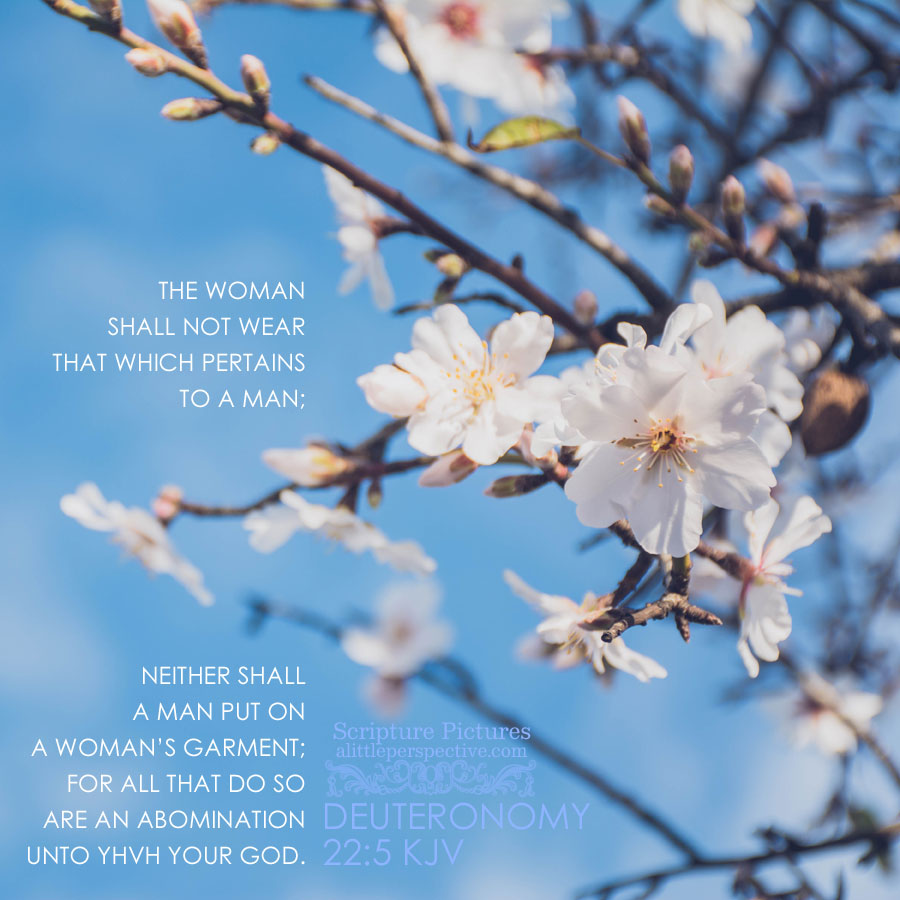
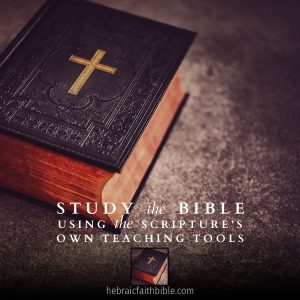
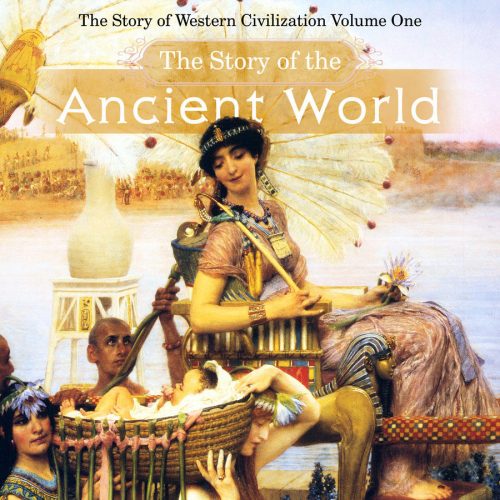
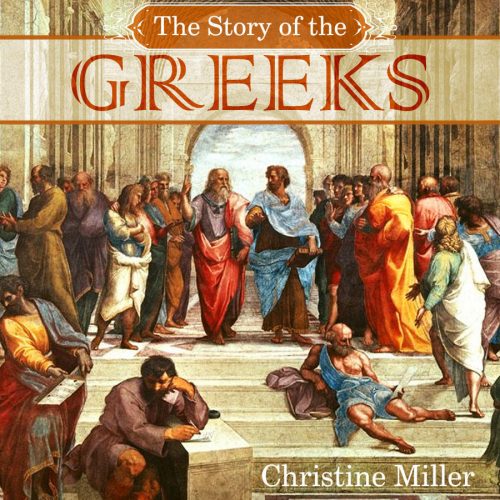
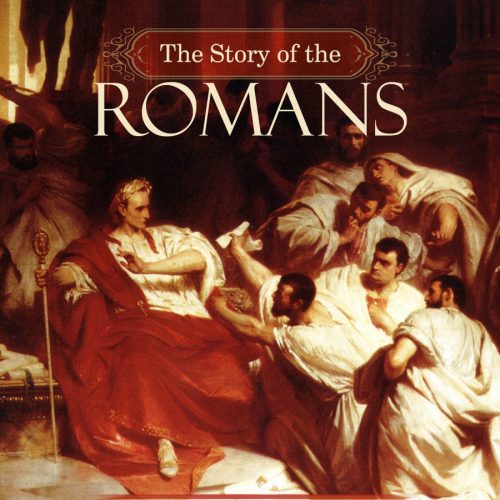

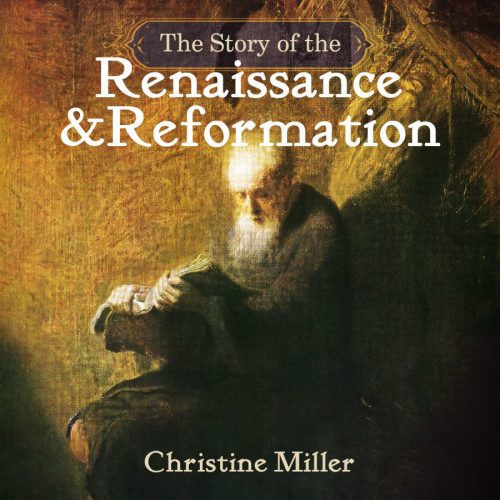
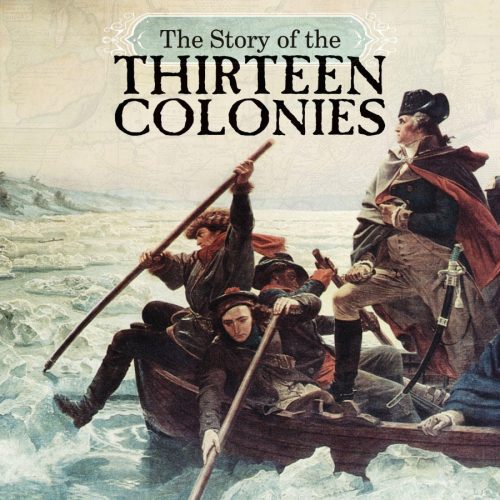

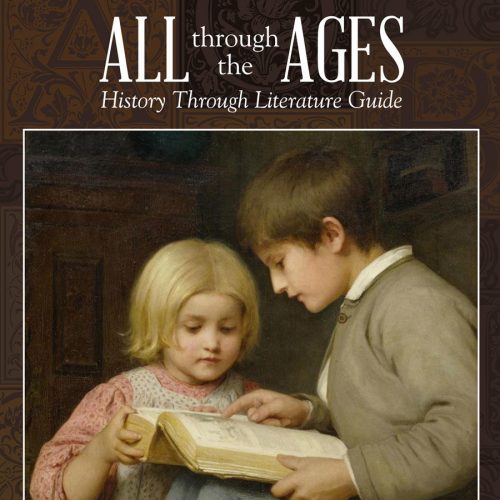
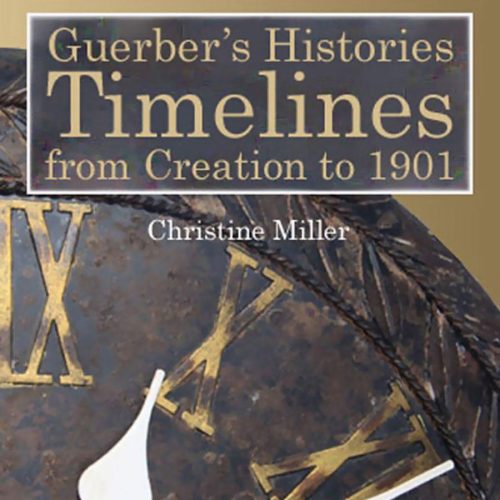
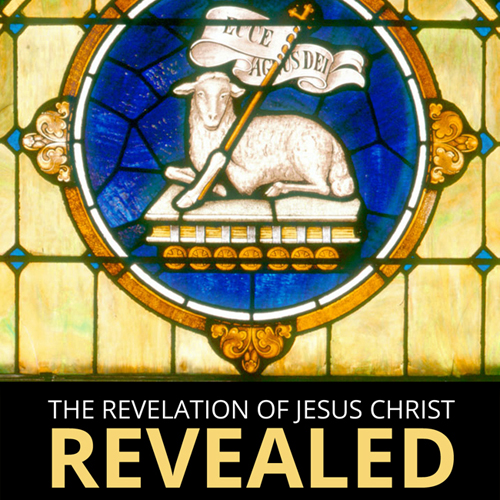


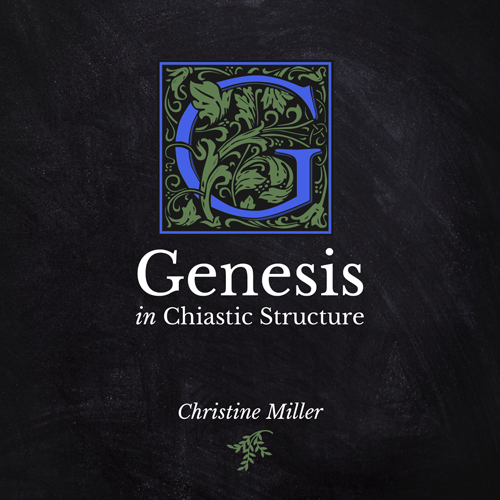
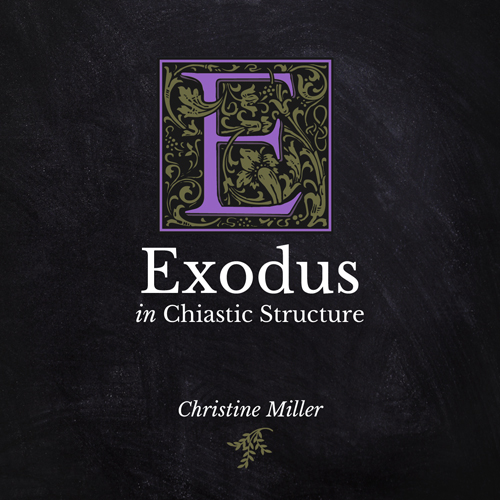
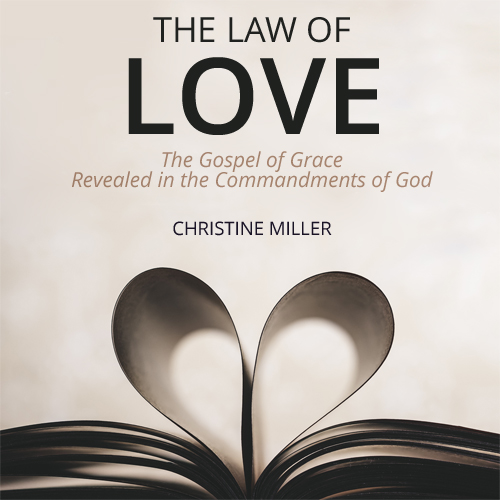
Tony Robinson’s article is available now (12 April 2021) at https://lonlib.co.uk/doc/130aec91/pardes.
Thank you John!